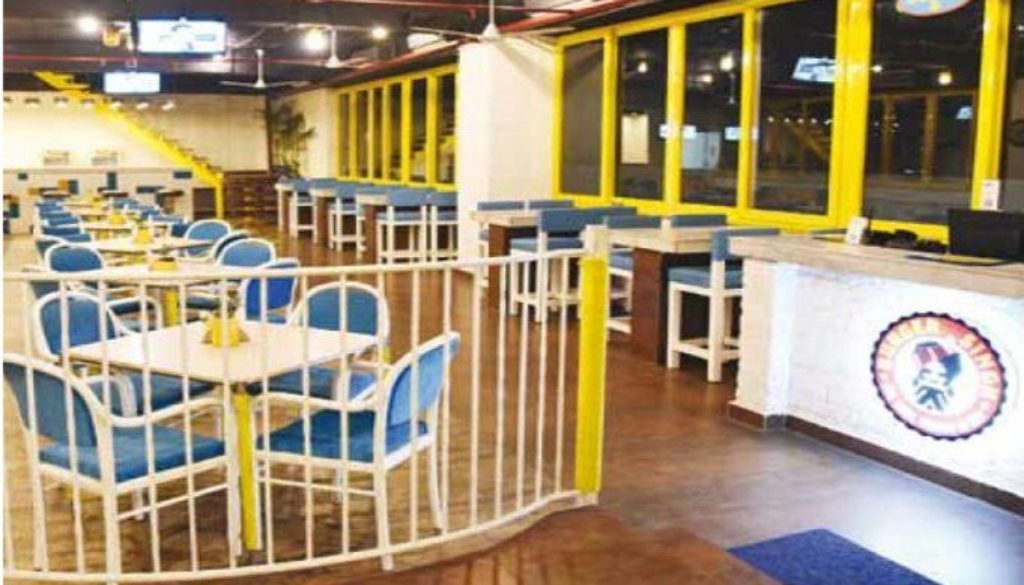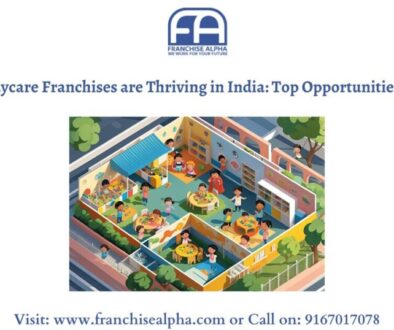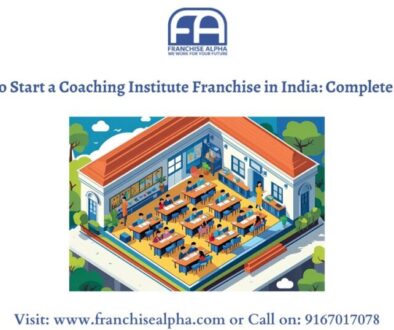Our aim is to make Burger Singh the ‘Subway’ of burgers
Founder and CEO, Burger Singh and Tipping Mr Pink Pvt. Ltd., Kabir Jeet Singh, spoke to FoodService India about his chain‘s hectic expansion plans over the next three years and growing the brand equity in the fast casual dining space.

Tell us about your chain’s progress in all these years of operation. How many outlets have you been able to add in this period and how many more do you plan to add?
We opened our first outlet in November 2014 in Delhi and today we have expanded to nine outlets in Delhi-NCR. As of today, Burger Singh operates one night kitchen in Gurugram apart
from another experience store there (3,000 sq.ft. with a liquor licence). Besides, we run seven smaller QSR models out of which five are located in Delhi and two in Gurugram.
We are now at a stage where we have put in the hard work, done the experiments and know what is working for us. We have a national supply chain, depth of management and systems in place to make Burger Singh a national chain. We have started franchising the brand. Burger is a highly franchisable product and no franchise industry is more mature than that of the fast food hamburger. Examples include Wendy’s, Johnny Rockets and the big daddy of them all, McDonald’s. In order to compete with these industry giants, we need to have a product differentiator, which we do in the desi burger. Also, we need to move quickly, otherwise someone else will capitalize on the niche that we have created.
We will soon be expanding in Pune, Hyderabad, North India and plan to open a total of 40 outlets in these areas in the next 24 months. The aim is to make Burger Singh the ‘Subway’ of burgers. The plan is to franchise aggressively with small 500 sq.ft. stores, which cost the franchisee under Rs 30 lakh to open. These outlets will come up in high footfall locations and have an efficient delivery system. We will continue to expand our footprint in NCR with a mix of our own and franchisee stores and expect to open 10 of these in the next 12 months.
Some the leading foreign QSR brands have been witnessing slowing same-store sales growth over the past few quarters?
That’s not how I look at it. Most of the big boys have been showing y-o-y growth for many years and at some point a correction happening is not unusual. These are big companies and have been around the block for quite sometime. I am sure they will come back strong.
We are the new kids on the block and too young to see a decline. In fact, our revenue per outlet has increased by 37 per cent. I am no economist but I feel that India’s growth story is robust. In the short-to-medium term, India appears to be in a position to sustain the current growth momentum. As for the QSR sector, the three things that favour the industry are its demographic advantage, robust domestic consumption and cheap labour and these factors will not change in a quarter or two.
Is it right to say that the food business is not affected by the turns and tides of the economy?
Eating out is a luxury, it’s not really a necessity. When the times are tough, any sensible person will spend his resources on the most pressing needs. So I think the QSR industry does get affected by economic downturns. I will go to the extent of saying that the impact on the food service business might be even larger than the average standards for the overall industry.
What do you think is the scope for making value additions to the QSR format and what will be the new innovations to this format in India?
We like to describe ourselves as a fast casual restaurant rather than a QSR. Fast Casual borrows from QSR and Casual Dining. Fast Casual features a more upscale and diverse menu selection in comparison to the QSR format. Unlike Casual Dining, Fast Casual has no table service and orders are placed and paid first and customers are directed to the assembly area where the food is ready for you to bring to your table. Some chains have a slight variant here – they will take your order, let you proceed to your table and a food runner will bring your meal to you. The ambiance is more upscale versus fast food with designs ranging from upscale elements and soft colors.
I feel that going forward, there will be two new innovative trends visible in the Fast Casual segment. A lot more innovation will happen to Indianize the menu. And a lot more independent fast casual restaurants and food trucks will burst on the scene. Casual dining chains will ‘downscale’ to grab this set of consumers and quick service chains will ‘upscale’ for the same reason.
How do you assess the market potential for the burger category in India. How do you see it performing versus the Pizza category and which new trends and infl uences will shape the growth of this category going ahead?
The organized F&B industry is expected to reach over Rs 150,000 crore (US $25 bn) by 2018 from Rs 75,000 crore (US $12.5 bn) in 2013 at a CAGR of 16 per cent. Burgers constitute only 2 per cent of the QSR market but are growing at a much faster rate of 25 per cent. So we are in a good spot. I still feel the pizza category will maintain its position and burgers will take time to catch up. I feel a lot of smaller players like us will enter the market and create home-grown competition in the burger category. I think what will shape the growth of this market and spur the funding landscape. In the recent path, a lot of investors have burnt their fingers in the food and food tech space and therefore the funding sentiment for this sector is not the best at the moment.
What has been the market response to your especially crafted vegetarian menu for Indian consumers. Are you looking to expand its scope further by bringing in newer ingredients?
The response has been phenomenal and this has given us the strength to bring in a new category of vegetarian burgers in the sub-Rs100 range. This range was launched in the first week of May 2017. The purpose of this range is to help us get into smaller cities and attract the value seeking consumer.
International burger chains operating in India usually have third party vendors from whom they source their ingredients. How do you ensure that the vendors meet the quality parameters and benchmarks?
We are not looking to reinvent the wheel. The big boys have set up some exceptionally robust systems and processes throughout the industry. We have adopted a lot of what these first world companies have brought in and it is working well for us. The industry has a lot of people for sourcing the products from. However, there are only a handful that can ensure and maintain consistent quality. We are working with these players. These quality third party vendors are expensive and it is a strain on a small company like ours; but I sleep well at night knowing that I have not compromised on the quality for saving a few coins.
Considering the peculiarities of the supply chain in India, have you introduced any specific innovations to make your back-end operations foolproof?
I think the cold supply chain in India has drastically improved over the last few years. So it is foolproof at a certain scale. We are yet to reach that level of scale but are fairly close to it. The innovation that we have brought to this aspect is predominantly our internal systems of forecasting demand and ensuring minimum wastage.
What has been the response to your home delivery service? How much of online sales are you doing currently and how do you see this segment growing for you?
About 42 per cent of our sales comes from home delivery. This is a big number as the industry standard for burger home delivery ranges from 6-10 per cent. Therefore, we can open smaller stores and compete in this environment. And since demonetization, almost all of this delivery business comes to us through online channels and is almost always prepaid. I don’t see this number changing drastically as a segment of our sales. But this is also the most challenging aspect of our business, especially the last mile logistics.
You spoke of expanding the chain through the self-owned and the franchise route. Are your investment and expansion plans limited to the Indian market for now?
Our plans are not limited to just the Indian market. Burgers are a scalable product and accepted around the world. Indian cuisine is popular around the world and so it makes sense for us to look at the world and not just India. You will soon see a Burger Singh signage in an International capital.
For the Indian market, we will be opening months is to open 40 franchisee in cities of Pune, Hyderabad and north India over the next 36 months. Besides, we are looking to open 40 company-owned stores in NCR, Bengaluru and Mumbai. We are in the process of getting ourselves ready to hit the market to raise the capital for this expansion.




